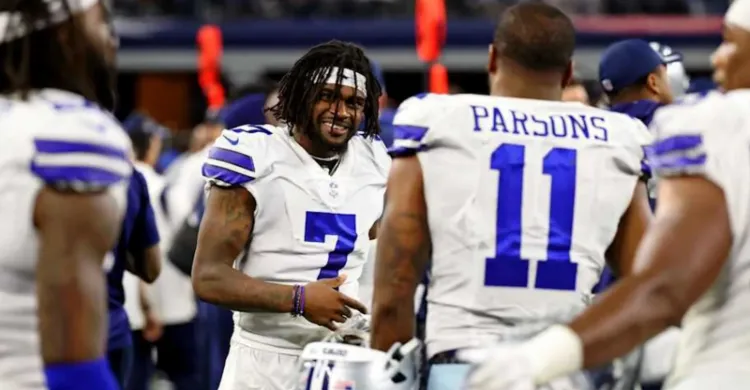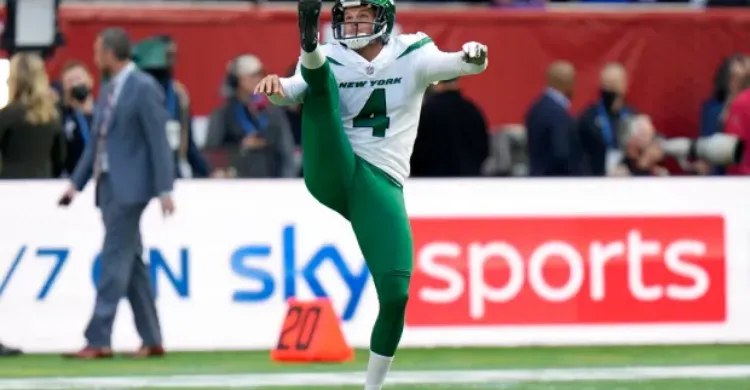In October and among five leading hockey analysts, the average prediction for the Washington Capitals was 87 standings points. After their come-from-behind win over the Buffalo Sabres on Saturday night, the Caps are now on pace for 124 points. So that’s just 37 points better than predicted.

I’m not saying they’ll get there, but if the Caps hit 124 they’d place 7th among the best regular-season teams in NHL history, just in front of the 2009-10 Capitals, who – thanks to the close attention of an unlicensed psychologist and aspiring mystic – I don’t remember what happened to them in those playoffs.
To the astonishment of basically everyone except maybe Ian, the Caps are top of the league right now. They were underrated by those five leading models (The Athletic, HockeyViz, JFresh, Evolving Hockey, and Moneypuck) more than any other team, though I have to note that they were slightly more wrong about the Nashville Predators – except in the other direction.
Just before the season began, The Athletic‘s Dom Luszczyszyn and Scott Wheeler had decreed Washington’s Cup window firmly closed. “Barring miraculous breakouts, breakthroughs, resurgences, renaissances,” they wrote, “the current version of the Capitals looks completely cooked.”
(I felt the same way but at least I didn’t write it down.)
In reply to Luszczyszyn’s post on X, The Everything App, about his article, Brandon Alter said, “A new thing for Caps fans to be mad about? Let’s gooooo!”
And in turn Dom said, “Not sure how they can possibly be mad at this unless the “D” in “D.C” stands for delusional 😭”
(I will note that Luszczyszyn and Wheeler’s justification for that statement was based, according to Luszczyszyn himself, “purely on [Washington’s] lack of current/future star-power, which is still probably a problem.”)
In the present tense, the Caps have three forwards (Tom Wilson, Dylan Strome, and Pierre-Luc Dubois) ranking in Evolving Hockey’s top 25 based on a catch-all statistic called Goals Above Replacement (GAR). Among defenders they have three more: Rasmus Sandin (in second place, thank goodness he was not seriously hurt on Saturday night), Trevor van Riemsdyk, and Jakob Chychrun. (John Carlson is ranked 34th.)
And Alex Ovechkin leads the league in goals per game (0.83, 15 goals in 18 games). He’ll be back soon. In the meantime, the Capitals have won four games in a row, are 8-1-1 in their last ten, and are about to try to extend a franchise-best road win streak.
How the Caps have gone about racking up wins has been the source of skepticism. At the end of November, I wrote that the Caps were depending on puck luck for their success. Hockey Men throughout North America shared my concern, wondering aloud if the Caps were this season’s freak PDO team. (PDO is the sum of a team’s shooting and saving percentages – which would add up to one in an average world, but if the number is way above one that would indicate unsustainable success.) Washington’s PDO in November was 1.046, highest in the league. But in December it has been just 0.997, 18th in the league.
Shooting in particular has dropped from ridiculous heights early in the season.

Shooting percentage peaked right as Alex Ovechkin got hurt and has been dropping steadily ever since, now sitting well below average over the last ten games. And yet the Caps kept winning, going 8-2-1 in that span.
“How?,” you ask, as a convenient segue for me.

By smothering opponents. The Capitals rank third in expected goals percentage (56.5, behind Florida and New Jersey) and second (56.4, behind only Florida) in raw shot-attempt percentage, unweighted for quality. They had a dip in mid-November, but it passed. For all the reasons Chris details the morning after every game, the Capitals are controlling play better than in any season since 2016-17, when they won the Presidents Trophy.
(For the record, the Capitals have scored 11 power-play goals since Ovechkin’s injury and allowed 8 goals during penalty kills.)
Again, I’m not saying the Capitals will keep this insane pace going, but consider one more thing: The Caps have done this against very good teams. From the day of Ovechkin’s injury until the end of November, Washington’s opponents have been on pace for an average of 100 points. Very good teams. The Caps had a similarly tough start to the season as well. But – for a bunch of reasons including the plummeting competitiveness of a few Metropolitan Division teams – the rest of Washington’s calendar won’t be nearly as tough. Tankathon rates them as having the fourth easiest remaining schedule in the league. It will get pretty silly in March; there’s a seven-game stretch where their opponents are Detroit (twice), Seattle, Anaheim, San Jose, and Philadelphia – plus one game against LA. That’s an average standings-points pace of 80. Some winnable games.
There was a time early in the season when I’d urge caution to people who were excessively hyped up about the Caps. That time is over. It’s okay to believe.



